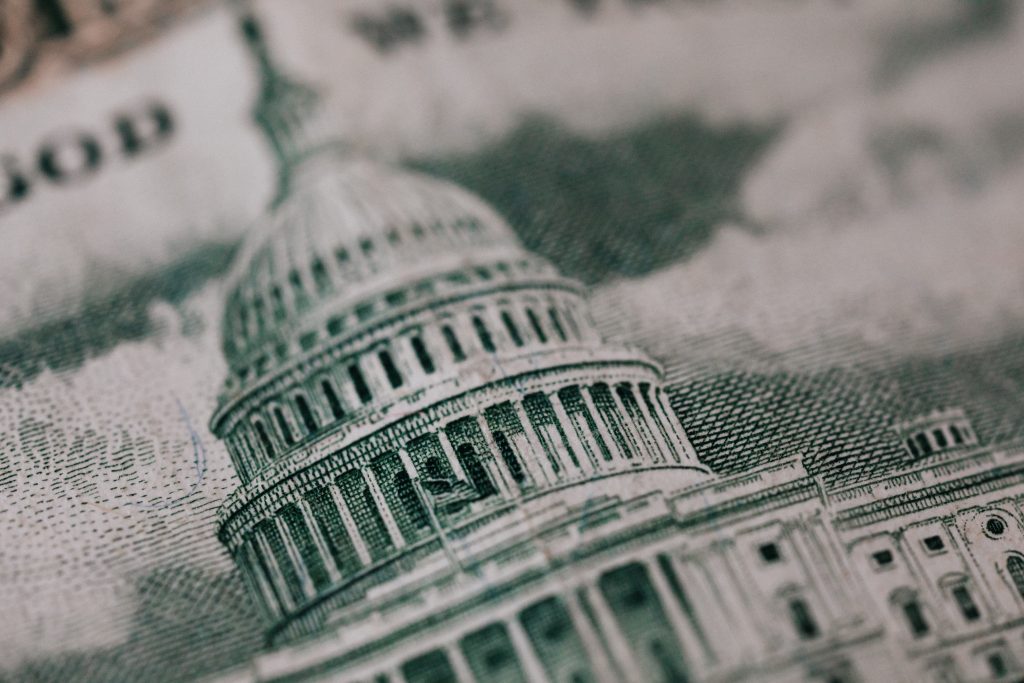
Fiscal legislation stalled last week and with the current stimulus expiring President Trump this weekend signed new executive orders to provide temporary relief and hopefully help break the current gridlock in Washington. There are four key areas that we will take a closer look at:
1. Extend Unemployment Insurance – The $600 in additional weekly unemployment benefits under the CARES Act expired at the end of July. The executive order will provide $400 a week in extra benefits to anyone receiving at least $100/week in regular benefits with 75% being paid by federal funds and 25% being paid by the states. This order is designed to be a temporary stop-gap until more permanent solutions are passed. As a result, the extra $400 a week benefit may last another 4-6 weeks for individuals.
2. Deferral of Student Loans – Under the CARES Act no payments and no additional interest was set for all Education Department loans and this was set to expire September 30th. The new executive order will extend these benefits until the end of the year (December 31st).
3. Minimize Evictions and Foreclosures – The CARES Act provided protection for evictions and foreclosures but the dates they expired were different. The new executive order aims to provide more protection to prevent evictions and foreclosures due to COVID. The order should make funds available to aid renters and homeowners that cannot meet their obligations. The order also instructs the HUD and Treasury secretaries to make funds available to assist renters and homeowners unable to meet their obligations.
4. Payroll Tax Deferral – The executive order will stop automatic withholding of employee paid Social Security tax of 6.2% for employees who make less than $4,000 every two weeks (approximately $104,000 per year) until the end of the year (December 31st). This is the most complex and controversial part of the executive orders. The challenge is that technically only Congress can reduce or eliminate payroll taxes so for this to go into effect there must be a reasonable expectation for Congress to move forward with this. The payroll tax deferment is scheduled to take effect on September 1st.
The goal of these executive orders is akin to slapping tape on a leaky pipe. They will provide temporary relief but do not make the situation permanently better. If these policies are indeed implemented, this suggests that they might force Congress to act by the start of September to avoid further disruptions.



































